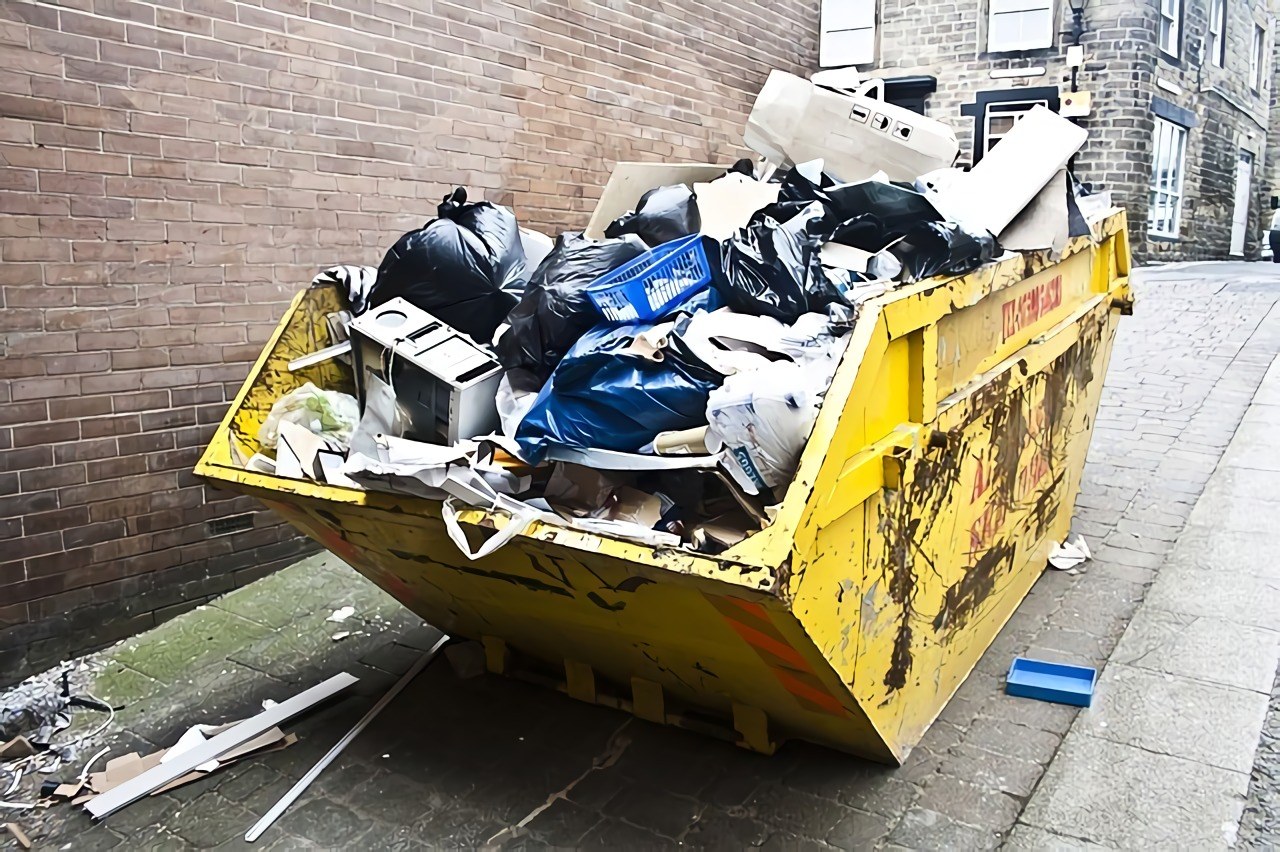
House Demolition involve clearing a lot of waste and rubbish, so most people think there’s no environmental-friendly way to do it.
But even though you can’t eliminate waste completely during demolitions, there are ways to reduce your waste and make it greener.
Here are some of the best ways to do it:
1. Know what materials can be salvaged.
Before starting, it helps to know what type of materials you can salvage to sell, recycle and reuse.
Some of the most salvageable materials include:
- Timber beams
- Bricks
- Concrete
- Roof tiles
- Steel and metal components
- Sand
- Gravel
- Granite
- Plants and greenery
By knowing what type of materials you can and cannot save, you’ll have a better idea of what parts of your building you need to keep an eye on for your demolition.
2. Make a full inspection and evaluation.
Before proceeding with your demolition, make sure that you complete a thorough inspection and evaluation of your site. This will let your team know which parts and materials need to be salvaged.
Use this inspection to create a plan for removing any salvageable materials and what to do with them after.
Although not everything in your building can be saved, you can maximise the amount of salvaged materials by planning your demolition around them.
3. Demolish by sections.
Instead of demolishing everything at one time, consider demolishing your building by sections. This will help you prevent destroying parts and materials that you may otherwise be able to salvage.
Experts also recommend demolishing sections in a way opposite to its order of construction, working your way from exterior furnishings down to its foundation.
It also helps to keep salvageable components with their main parts (e.g. not removing the latches and frames in window or doors) to make it easier to save parts later.
4. Do soft strips manually.
Completing soft strips manually will make it easier to keep salvageable materials whole and undamaged. It will also produce less waste in the end, helping you minimise resources for clean-ups and materials transport.
Manual soft strips may take more time and effort, but it often results in more salvageable materials and less waste accumulated overall.
5. Separate materials on-site.
Separating materials on-site will help you minimise costs and resources dedicated to handling and transporting materials later.
The best practice is to sort and store similar materials together. Metal parts, for example, should be separated from parts made of concrete or timber.
The more organised you are in sorting your waste and materials, the less resources you’ll need to sort through everything in the end.
6. Store materials properly.
Proper storage and handling are key to keeping salvageable materials in useable condition. If you don’t store them properly, then they could get damaged or deteriorate to the point of being unusable.
Timber products and materials, for example, must be kept dry to avoid the build-up of mould or rotting. Metal parts must also remain dry to prevent rust and corrosion.
7. Work with demolition experts who care about the environment.
If you’re not sure how to salvage materials properly – or if you simply don’t want to do all the work yourself – then work with demolition experts who are committed to reducing waste as much as possible.
At 3D Demo, we complete all our demolitions according to relevant environmental regulations, and we see to it that we salvage, recycle, and reuse materials as much as we can. We also use a variety of dust control measures to minimise dust, erosion, and sediment-run-off during our demolitions. This is all part of our duty of care to the environment.
When you work with professionals who value waste reduction as much as you do, you’re more likely to make less of an impact on the environment.
Is it worth reducing your demolition waste?
Absolutely!
Reducing waste and making your demolition as efficient as possible will help minimise the environmental impact of your demolition. And although you can’t eliminate its impact completely, you can at least minimise its negative effects and reduce the amount of waste you send to the landfill.
Best of all, reducing your waste can make your demolitions more efficient and organised, saving you more money and resources in the end.
If you need more information about eco-friendly demolitions and how it can help you, have a chat with our team to find out more.
